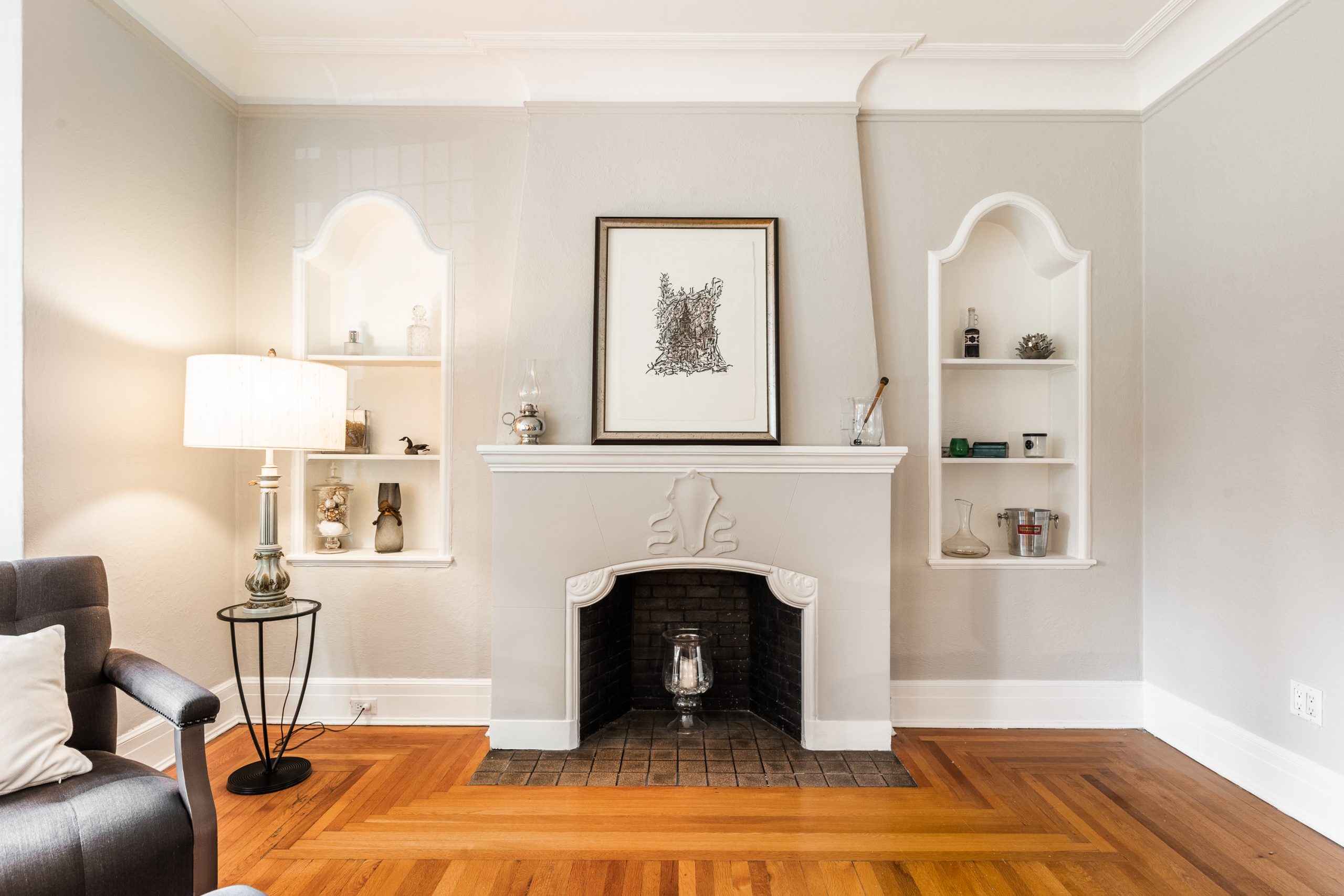With the drastic rise in interest rates over the past few months, it is no surprise that several key real estate market indicators have changed direction. But it’s the speed, and especially the magnitude, of these trend reversals that indicate whether the market has made a hard or soft landing. Let’s take stock.
The first signs of a possible turnaround in Quebec’s residential real estate market were seen in the summer of 2021. After six years of almost uninterrupted growth, the number of sales made by real estate brokers began to decline in June 2021, and to date, this decline is still continuing (-25% last March).
A year later, in June 2022, another inflection point was reached: the number of active listings began an upward trend for the first time since January 2016. Last month (March 2023), there were 49% more properties for sale than in the same month a year earlier. So buyers now have more choices.
Buyers have a little more bargaining power, but…
Fewer sales, combined with an increase in listings, means that real estate market conditions are less tight. The best indicator of this is the listing-to-sales ratio (see chart below). At the very end of 2021, this ratio reached a new all-time low of 2.25 active listings per sale. Never before have sellers had so much leverage in negotiations, with multiple offers, overbidding and outright sales becoming commonplace. Since the beginning of 2022, conditions have been loosening, but very gradually. Make no mistake, this does not mean that the market has become buyer-friendly. Currently at 5.7, the listing-to-sales ratio reflects a market where sellers still have an advantage. Also, the bidding is far from over.
Prices are resilient
Another turning point is that, although we are still in a seller’s market, prices have started to soften. The decline in Quebec prices began in May 2022 and since then, the decline has been around 5.1%. This is mainly due to the fact that rising interest rates have taken away the purchasing power of buyers, who are now looking for less expensive properties. It is still a little early to conclude that property values have actually declined, although this is plausible. Except that given the 49% cumulative price increase since the pandemic (2019 to 2022), a 5% decline would not appear to be much.
No fire sales
Surprisingly, however, there is one very important indicator that has yet to change direction since the interest rate hike. The proportion of mortgages in arrears has barely budged from its low of 0.10% in June 2022 . The most recent data available is for January 2023, when it was 0.11%. It is probably too early to celebrate at this point, as it normally takes several months after rate hikes to see an impact on the proportion of mortgages in default (by definition, it takes three consecutive months of defaults). So far, however, there is no sign of the slaughter predicted by some analysts in this regard.
This leads us to an important clarification on the increase in the number of properties for sale that we discussed above. While it may seem counterintuitive, while active listings are up, new listings are not. How is this possible? Well, it’s not that more people are putting their properties up for sale, it’s that properties are selling more slowly, and therefore staying on the market longer. This nuance is important, because an increase in new listings could have reflected the fact that more homeowners are in financial difficulty and therefore need to sell their property quickly. This does not appear to be the case, which reinforces the idea that the proportion of homeowners in default remains contained for the time being.


